Disasters, both natural and human-made, have been an unfortunate and recurrent aspect of human history. From earthquakes and hurricanes to industrial accidents and pandemics, disasters can have devastating impacts on communities, economies, and the environment.
This article aims to provide a comprehensive overview of disasters, their types, causes, and strategies for mitigation.
Types of Disasters:
Natural Disasters:
- Earthquakes: Sudden movements of the Earth's crust can result in seismic activity.
- Hurricanes and Typhoons: Intense tropical storms with strong winds and heavy rainfall.
- Floods: Overflow of water onto normally dry land, often due to heavy rain or storm surges.
- Wildfires: Uncontrolled fires that spread rapidly through vegetation.
Human-Made Disasters:
- Industrial Accidents: Chemical spills, nuclear accidents, and other mishaps can lead to environmental and health crises.
- Technological Failures: Power outages, communication breakdowns, and cyber-attacks can disrupt normal functioning.
- Pandemics: Global health crises caused by the rapid spread of infectious diseases.
Causes of Disasters:
Natural Causes:
- Geological processes such as tectonic plate movements and volcanic activity.
- Meteorological factors like atmospheric pressure changes and temperature variations.
Human Activities:
- Deforestation and urbanization contributing to increased vulnerability.
- Poor urban planning and inadequate infrastructure.
Mitigation Strategies:
Preparedness:
- Establishing early warning systems for natural disasters.
- Conducting regular drills and simulations to ensure communities are prepared.
Infrastructure Development:
- Designing and constructing buildings to withstand earthquakes and hurricanes.
- Implementing flood control measures and sustainable urban planning.
Environmental Conservation:
- Protecting natural buffers such as wetlands and mangroves to reduce the impact of storms.
- Promoting sustainable practices to mitigate climate change.
Public Awareness and Education:
- Educating communities about the risks and necessary actions during disasters.
- Encouraging the development of emergency kits and evacuation plans.
International Cooperation:
- Collaborating on research and data-sharing to improve prediction and response.
- Providing assistance and resources to affected regions during and after disasters.
While it may be impossible to prevent all disasters, proactive measures can significantly reduce their impact. From strengthening infrastructure to fostering global cooperation, a comprehensive approach is essential for mitigating the risks associated with both natural and human-made disasters. By understanding the causes and implementing effective strategies, we can build more resilient societies that are better equipped to face the challenges of an unpredictable world.
In the intricate tapestry of life, disasters emerge as formidable threads that weave stories of pain, upheaval, and resilience. This article delves into the profound impact disasters leave on individuals and communities, exploring the nuanced layers of adversity and the indomitable human spirit that rises from the ashes.
When disaster strikes, it's not merely a disruption of routine; it's a seismic shift in the very fabric of one's existence. The individual journey is marked by immediate loss – homes reduced to rubble, cherished possessions swallowed by the merciless forces of nature, and the haunting echoes of trauma. The pain is palpable, a visceral reminder of vulnerability.
Yet, within the crucible of anguish, resilience often takes root. Individuals grapple with grief, rebuilding not just physical structures but the shattered fragments of their emotional worlds. The process is a testament to the strength embedded in the human spirit, a force that propels them to defy despair and reimagine a future.
Disasters extend their reach far beyond the individual, casting a wide net that ensnares entire communities. The pain reverberates through shared spaces, echoing in the silent ruins of what was once familiar. The communal wounds run deep, and the road to recovery becomes a collective endeavor.
Yet, in the face of adversity, communities often find a renewed sense of unity. The pain becomes a catalyst for solidarity, fostering bonds that transcend the calamity. Neighbors become pillars of support, and the shared burden becomes a crucible that forges resilience and strength. In adversity, communities discover the power of collective healing.
Disasters are not isolated events; they send ripples that touch every facet of life. Economies crumble, infrastructures falter, and social dynamics undergo profound shifts. The pain extends beyond the immediate aftermath, creating a tapestry of challenges that demand innovative solutions.
In navigating this intricate web of consequences, societies are compelled to reevaluate priorities. From rebuilding with sustainability in mind to fortifying infrastructure against future threats, the pain becomes a catalyst for positive change. The collective resilience cultivated in the aftermath lays the foundation for a more prepared and compassionate society.
While disasters inflict profound pain, they also unravel stories of courage, resilience, and the unyielding human spirit. The journey from devastation to recovery is arduous, but it shapes individuals and communities in ways that transcend the immediate suffering. Pain, in this context, becomes a transformative force, compelling us to confront challenges head-on and emerge stronger, more connected, and poised to face an uncertain future with unwavering resolve.

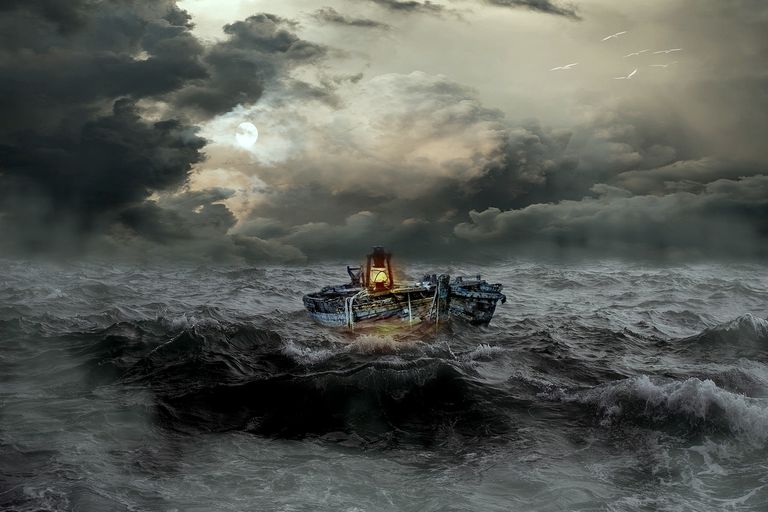
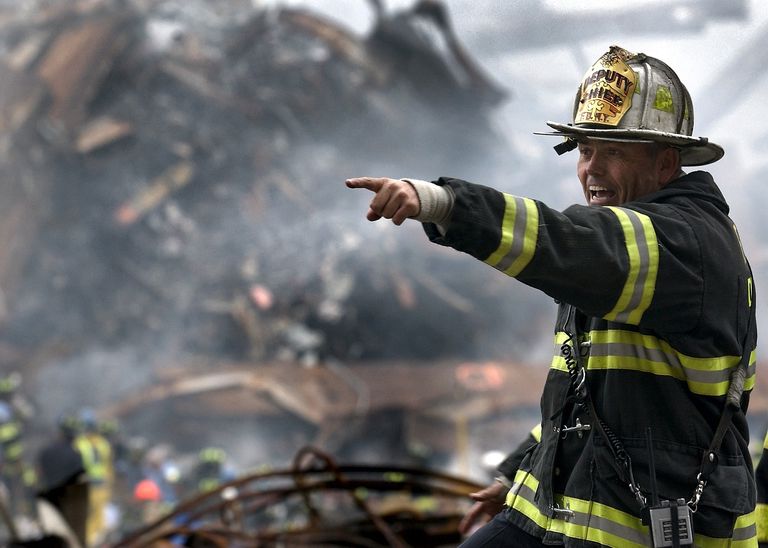
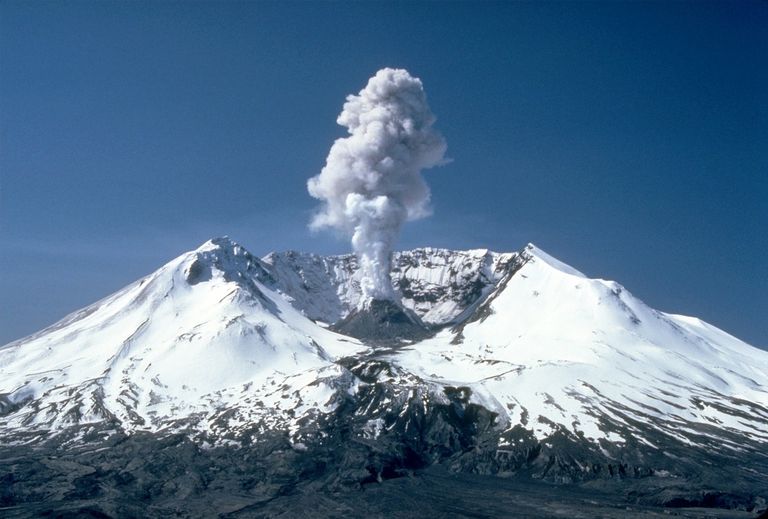
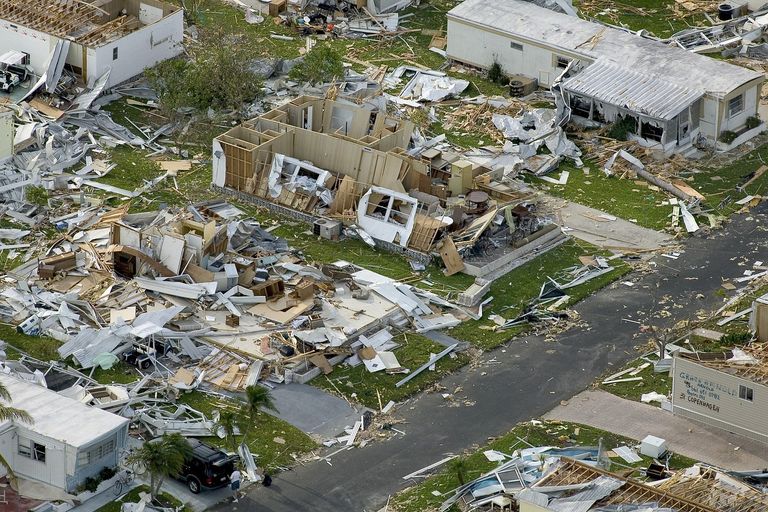
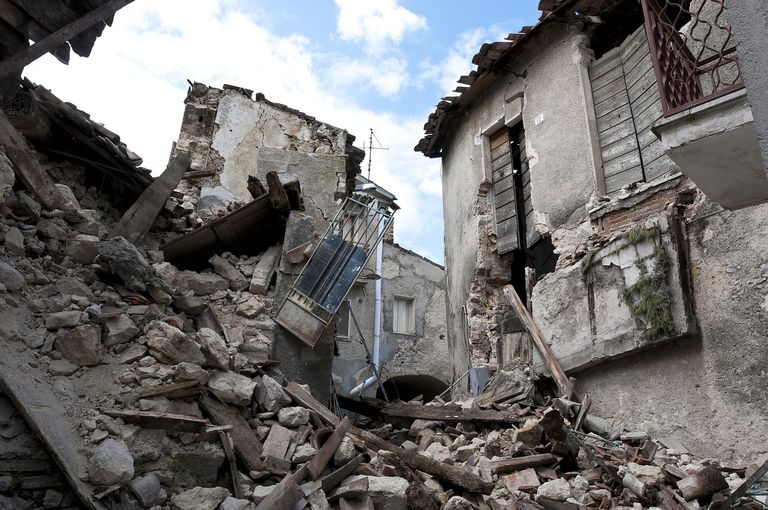
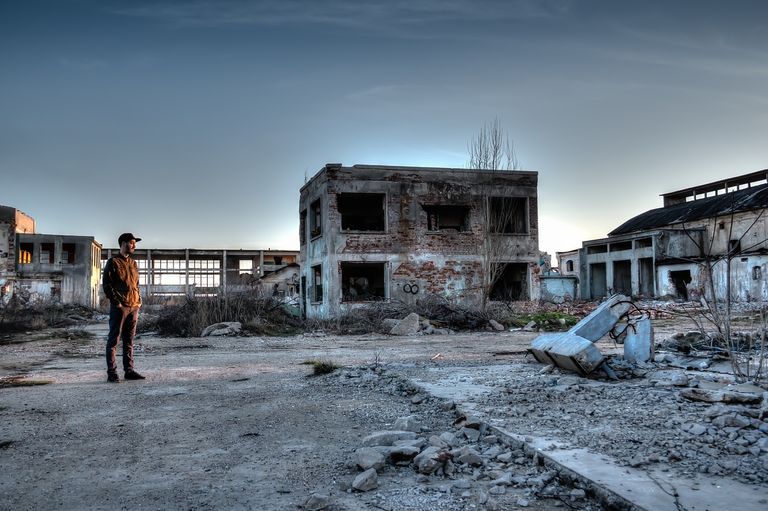
Upvoted. Thank You for sending some of your rewards to @null. Read my last posts to make sure that BLURT burning is profitable for you. Before using this bot please make sure your account has at least 100 BP. Get more BLURT:
@ mariuszkarowski/how-to-get-automatic-upvote-from-my-accounts@ blurtbooster/blurt-booster-introduction-rules-and-guidelines-1699999662965@ nalexadre/blurt-nexus-creating-an-affiliate-account-1700008765859@ kryptodenno - win BLURT POWER delegation@ ctime/burn-bot-liquid-blurt** Your post has been upvoted (14.94 %) **
Curation Trail is Open!
Join Trail Here
Delegate more BP for bigger Upvote + Daily BLURT 😉
Delegate BP Here
Upvote
https://blurtblock.herokuapp.com/blurt/upvote
Thank you 🙂 @tomoyan